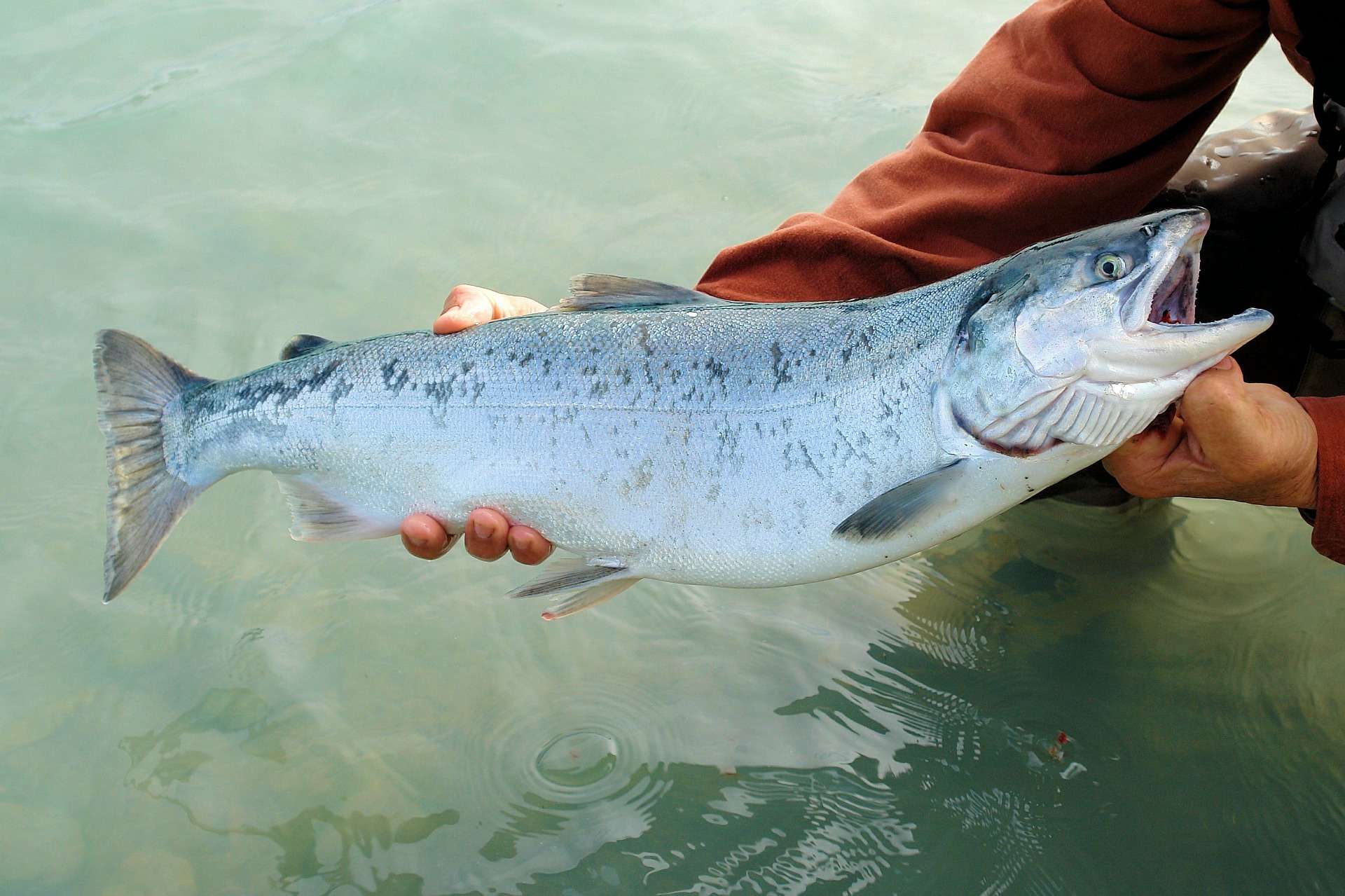
What is it and what do they eat it with?
Genetically modified (or transgenic, or GMP) products (most often vegetable) are artificially created products in which genes are embedded (“glued”), transplanted from other species of plants, animals, fish, microorganisms to obtain new properties (resistance to pests, diseases, etc.).
Thus, thanks to the application of genetic engineering methods, it became possible to obtain new crop species with resistance to frost, drought, pests, as well as the creation of new varieties of plants with increased nutritional value.
For example, in grapes the gene from cabbage was transplanted, which increased its frost resistance, and in DNA of tomatoes and strawberries scientists have inserted a gene of an Arctic flounder as a result of which these products are not afraid of frosts and are stored long.
It should be noted at once that GMO (genetically modified organisms) can be detected in food products only in a special laboratory. You can’t do this by eye, smell or feel.
A bit of history
The first transgenic plant was obtained in 1983 at the Institute of Plant Industry in Cologne. In 1992, transgenic tobacco resistant to insect pests began to be grown in China. In 1994, the first genetically modified vegetable appeared on the shelves of American supermarkets – tomato, which is not afraid of transportation and for a long time retains its commercial appearance. The next miracle of bioengineering was potatoes – the gene of the bacterium, which produces poison lethal for Colorado beetles, is “embedded” in its genome: the pests dissolve the hard shell (chitin) and they die.
In Russia, the first genetically modified US soybean production was registered in 1999.
Now in USA more than 100 names of cultures with transplanted “genes” are grown.
For example, when the Japanese company Shuva Denko changed the structure of a natural bacteria for a more efficient production of a food additive called “tryptophan” by genetic engineering, these genetic manipulations led to the fact that this bacteria, being a part of tryptophan, began to produce a highly toxic substance, which was discovered only after the product was released on the market in 1989. As a result: 5000 people fell ill, 1500 became permanently disabled, and 37 died.
Problem 8Pri research by a group of British geneticists led by H. Gilbert found that DNA from genetically modified food cells can potentially pass into the natural bacteria of human intestinal microflora and cause their mutation.
So, assessing the situation, it can be noted that there is still an element of scientific uncertainty in terms of absolute safety of GMOs, and therefore, it is not worth risking a pregnant woman and other most sensitive population groups (children, lactating), in my opinion.
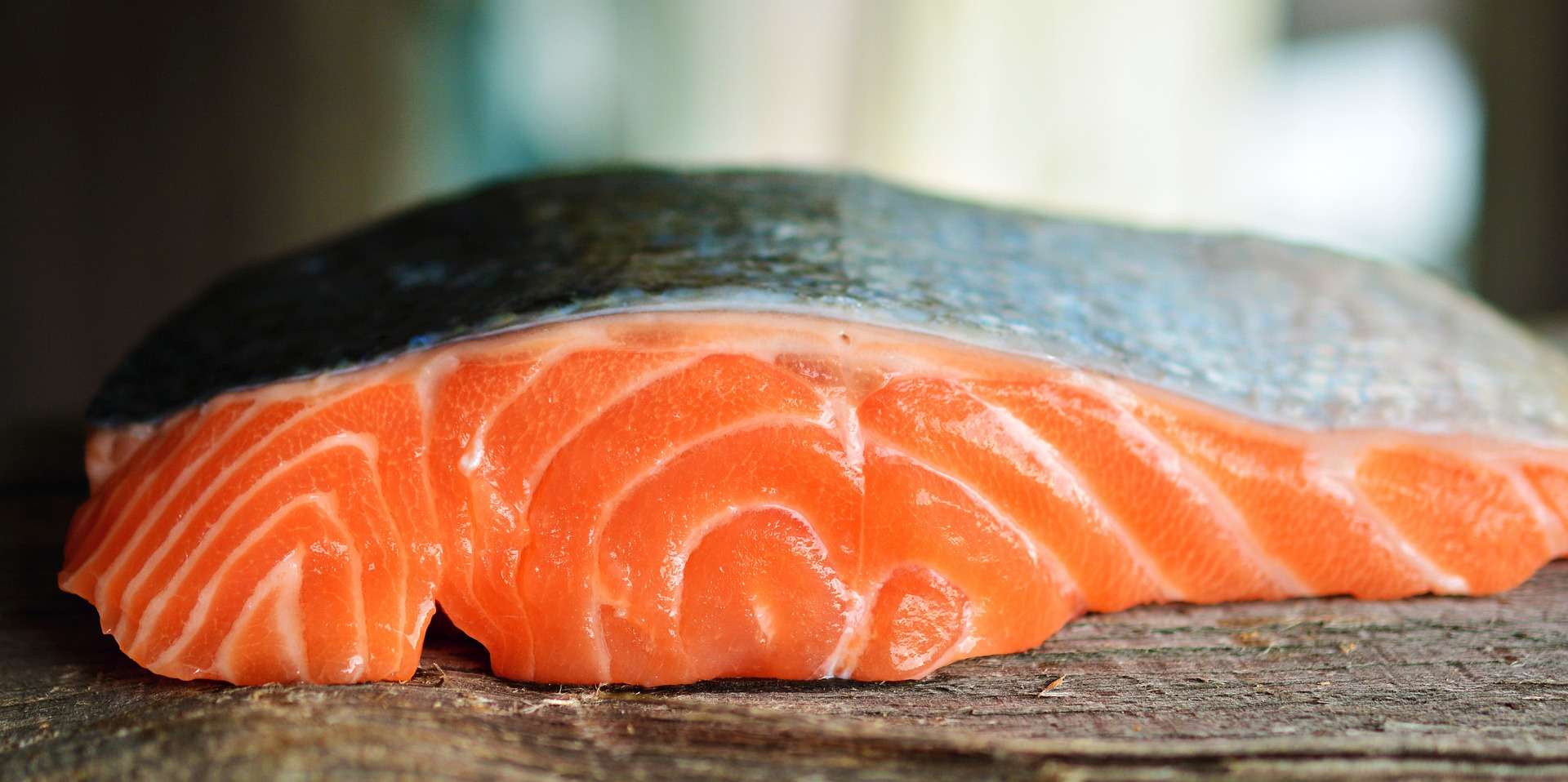
Problems and possible negative consequences of GMP use
Which fish is useful and Why
Fish is a very nutritious product. It is rich in protein, vitamins and minerals that are essential for good health.
Why fish is good
- restores the heart rhythm;
- reduces inflammation of tissues and symptoms of rheumatoid arthritis;
- reduces depression.
- slows down the decline in mental ability of elderly people.
Which fish is the most useful
Although fish is in principle very useful for health, in many species scientists have found a number of harmful substances such as mercury and polychlorinated biphenyls. Fish, whose harm is minimal, are represented by the following species:
- wild salmon;
- Atlantic mackerel and herring;
- perch;
- sardine;
- charcoal fish;
- anchovies;
- rainbow trout;
- pikeperch;
- white tuna.
As for fat, fish with white flesh is less fatty than any other source of animal protein and other types of omega-3 fatty fish, or “good” fats, so it is more often used in diet.
How much fish do you need to eat
A person needs at least two servings of 100 grams of fish a week: once with nonfat and the second with oily fish.
Red fish
The above-described benefits of omega-3 amino acids are maximally disclosed in the oily varieties of sea fish, but most of them are red fish, salmon.
Red fish for healthy joints
The main danger of rheumatoid arthritis is the wear of the joints, which leads to deforming changes. Red fish contains biologically active peptides that can regulate and enhance the synthesis of collagen, which increases the density of joint cartilage and prevents pain and inflammation.
Improvement of brain function
Red fish consumption really helps to develop (or preserve) mental abilities and relieves stress. The brain is 60% made up of fat, particularly omega-3, and its rich red fish, when used regularly, reduces the frequency of depression and aggression in children and adults, and in older people prevents the violation of cognitive brain functions.
Red fish: benefits for heart and blood vessels
Useful fats in red fish reduce blood clotting. Normal speed of blood flow through the vessels is about 60 km/hour. This speed directly depends on the viscosity, density of the blood and its composition. Protein in red fish reduces the coagulability of human blood, preventing the formation of platelets and blood clotting. Excess platelets leads to narrowing of the walls of blood vessels and difficult blood flow, which affects all organs, primarily – heart, brain, kidneys and eyes. Without red fish in the diet, the body is prone to stroke, arrhythmias, high blood pressure, and even heart attack.
Improvement of hematopoiesis
Omega-3 fatty acids in fish also play an important role in the production of hemoglobin molecules, which carry oxygen in red blood cells, as well as in the management of nutrients passing through the cell membrane. They also prevent the harmful effects of fats that are harmful to the body.
Beneficial properties of red fish for the human eye
Only two 100 grams of red fish a week significantly reduce the risk of yellow spot degeneration (chronic eye disease, resulting in loss of sight). For the treatment and prevention of “dry eye syndrome”, the optimal dose is 2-4 servings of red fish per week.
The use of red fish for insomnia
Tryptophan in red fish acts as an effective natural sedative. Scientific research has proven that tryptophan helps you fall asleep quickly and sleep fully.
River fish
Although the river fish does not have a lot of healthy fats, it is ideal for lunch or dinner, because it contains a lot of easily digestible protein. Just one serving of river fish per day provides more than a third of the daily physiological norm of protein intake for adults. River fish is an ideal product for the leaner.
In 100 grams of perch (cooked without fat) contains no more than 100 kcal, of which as much as 20 grams of protein, and only 4 grams of fat.
One serving (100 grams) of river fish is contained (per cent of the recommended rate for adults):
- 25% cholesterol
- 20% of iron norm for men and 9% for women;
- 8% calcium;
- 11% copper;
- 42% of manganese;
- 25% selenium;
- 32% of vitamin B-12;
- 8% niacin (PP, B3);
- 7% pantothenic acid (vitamin B5).
Vitamin D combined with calcium in river fish prevents brittleness of bones and teeth, preventing osteoporosis.
Despite the fact that river fish increases the secretion of gastric juice, stimulates digestion by improving fermentation from the pancreas, nevertheless, the dishes from river fish are useful even for pests. In case of gastritis with reduced acidity, poured, river fish ear, or a piece of steamed fish, give a curative effect.
Dietary meat is characterized by pikeperch. The main thing is that it is very easy to cook. It is enough just to separate the fillet, lightly salt and pepper, splash lemon juice, and put in the steamer for 20 minutes. With rice on a side, this dish will suit literally everyone.
Blog
-
What Are GMOs and Why Do People Worry About Them?

Genetically Modified Organisms, or GMOs, are one of the most talked-about topics in food and farming. Some people think they are dangerous, while others believe they can help solve big problems like hunger and climate change. The truth is, GMOs are neither completely bad nor completely good—they are just a tool. Let’s break down what…
-
Meat Alternatives: Are They Really Better?

More people are choosing plant-based and lab-grown meat as an alternative to traditional farmed meat. Some believe these options are healthier, while others think they are better for the planet. But are these alternatives actually an improvement, or are they just another trend? Let’s break it down and see how these different types of meat…
-
Hooked on Comfort: Why Cabinet Beds Are Reeling in Fishing Lodge Owners

Picture this: You’ve just spent a grueling day battling the elements, wrestling with stubborn fish, and soaking up the great outdoors. As the sun dips below the horizon, your thoughts turn to one thing – a good night’s sleep. But if you’re running a fishing lodge, providing that blissful slumber while keeping your space shipshape…
-
Guidelines for Consuming Seafood During Pregnancy

Navigating dietary choices during pregnancy can be challenging, especially when it comes to seafood. This article delves into the crucial aspects of seafood consumption for expectant mothers, dispelling myths and providing clear guidelines. We’ll explore the nutritional advantages of seafood, safe types to consume, and essential precautions to ensure both mother and baby’s health. Addressing…
-
Unveiling the Enigma of Fresh vs. Frozen Seafood

The eternal debate between fresh and frozen seafood invokes contemplation regarding two paramount facets: perplexity and burstiness. As one deliberates upon the piscine preference destined for their culinary rendezvous, certain elements should be taken into meticulous consideration: Intrigating the labyrinthine aspects of piscatorial providence, we embark on a cerebral expedition into the age-old discourse of…
-
Navigating Seafood Labels: Your Guide to Informed Buying
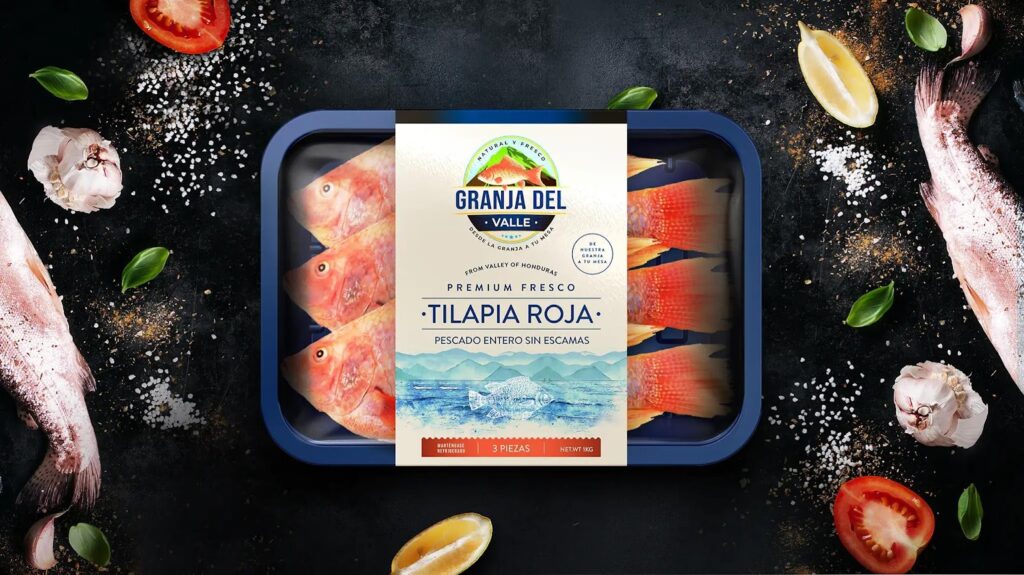
When we browse the aisles for seafood, understanding the information on those fish labels can be as vital as deciphering any tech gadget’s specs. The intricacies of fish labeling aren’t merely about names and dates; they’re a gateway to transparency, ensuring consumers make informed choices. Let’s dive into the depths of fish labeling, decoding its…
-
North Carolina’s Culinary Treasures
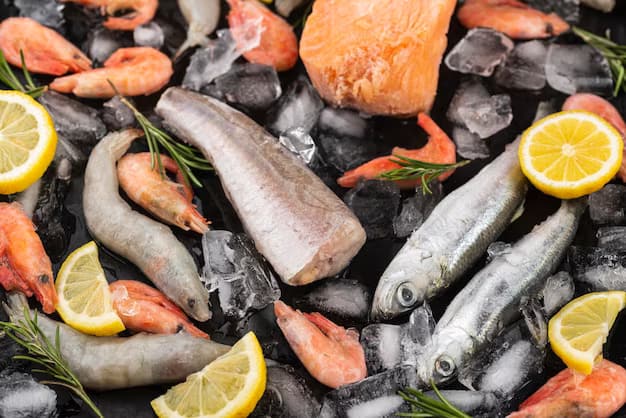
Contrary to the belief that seafood is confined to particular seasons, North Carolina boasts a year-round selection of maritime delights. Although summer reigns supreme for seafood enthusiasts, every season has its array of delectable catches. Even as the chill of winter descends, North Carolina remains a treasure trove of seafood. Restricting your seafood indulgence to…
-
Exploring the Enigma of Tilapia: Unveiling the Mysteries

Tilapia, a delectable and nourishing delight, has long been admired for its culinary merits. Yet, amidst its culinary charm, a cloud of misconceptions hovers, deterring many from experiencing its wonders. In the vast realm of online information, discernment is essential. Hence, we embark on a quest to illuminate the obscure facets of Tilapia by addressing…
-
How Much Fish Should You Eat Per Week

A plethora of individuals eschew piscine consumption due to apprehensions about contaminant presence. This trepidation, however, may not be rooted in sound rationale. Piscatorial fare is quintessential for a nutritious regimen. Ichthyic offerings, along with other marine sustenance, are replete with beneficial long-chain omega-3 lipids and are imbued with other salubrious elements such as vitamin…
-
Exploring the Impact and Timing of Omega-3 Supplementation

In a world increasingly turning towards natural health supplements, omega-3-rich oil derived from fish has emerged as a standout choice for those seeking holistic wellness. This article delves into the critical question: “How long does it take for this supplement to show tangible results?” By examining various factors such as individual health status, supplement quality,…
-
Understanding Dietary Labels: Non-GMO, Gluten-Free & More

In recent years, the rise of health-conscious diets has led to a surge in products with various labels like non-GMO, gluten-free, and organic. This article delves into the meanings behind these terms, providing clarity amidst the myriad of choices on store shelves. Understanding these labels is crucial for making informed dietary decisions that align with…
-
From Lab to Table: GMO Fish in Casino Restaurants
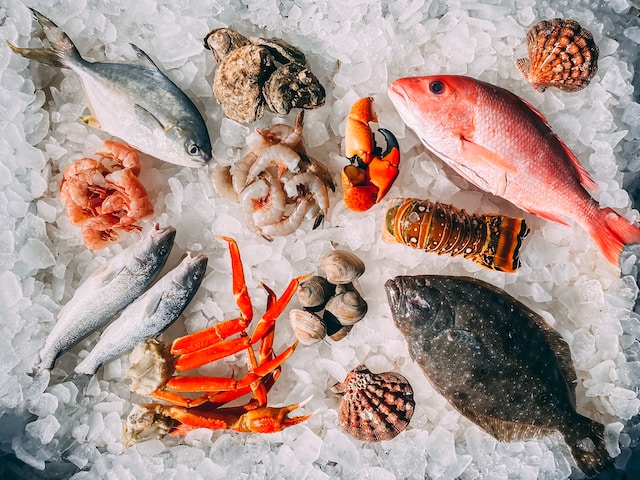
Many casinos don’t just offer a good time, but they also offer great food. While playing the game, excitement appears, and the guest no longer pays close attention to the food in the casino restaurant. Of course, all dishes are decorated impeccably. They want to look at them and try them. But how much of…
-
GMO Fish Aquariums: A Novel Attraction in Casino Resorts

One of the most unusual and exciting trends has been the emergence of aquariums with GMO fish at casino resorts. These unique aquariums not only serve as decoration for guests but also provide them with the opportunity to immerse themselves in the fantastic world of marine life, modified using advanced technology. This is an excellent…
-
How to Find a Professional Link-Building Company? Find Now

In the ever-evolving landscape of digital marketing, securing a strong online presence is crucial for businesses of all sizes. Link building, a core aspect of search engine optimization (SEO), plays a pivotal role in determining your website’s authority and visibility on search engines. While many companies attempt to manage their link-building efforts in-house, partnering with…
-
The Top 10 Rare Fish Species in the World
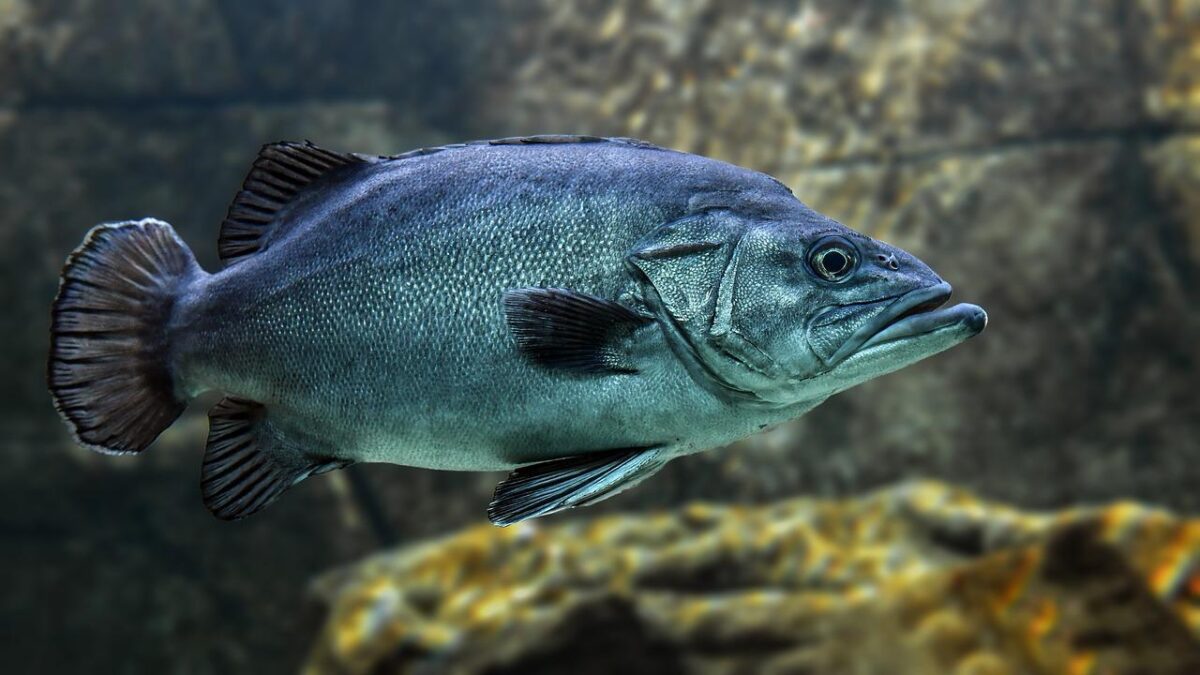
There are many different types of fish in the world, and some of them are much rarer than others. For example, GM salmon could be seen in so many places in the world. In this blog post, we will discuss 11 of the most rare fish species on Earth. These creatures can be found in…
-
Unveiling the Advantages of Cod Fish for Your Health
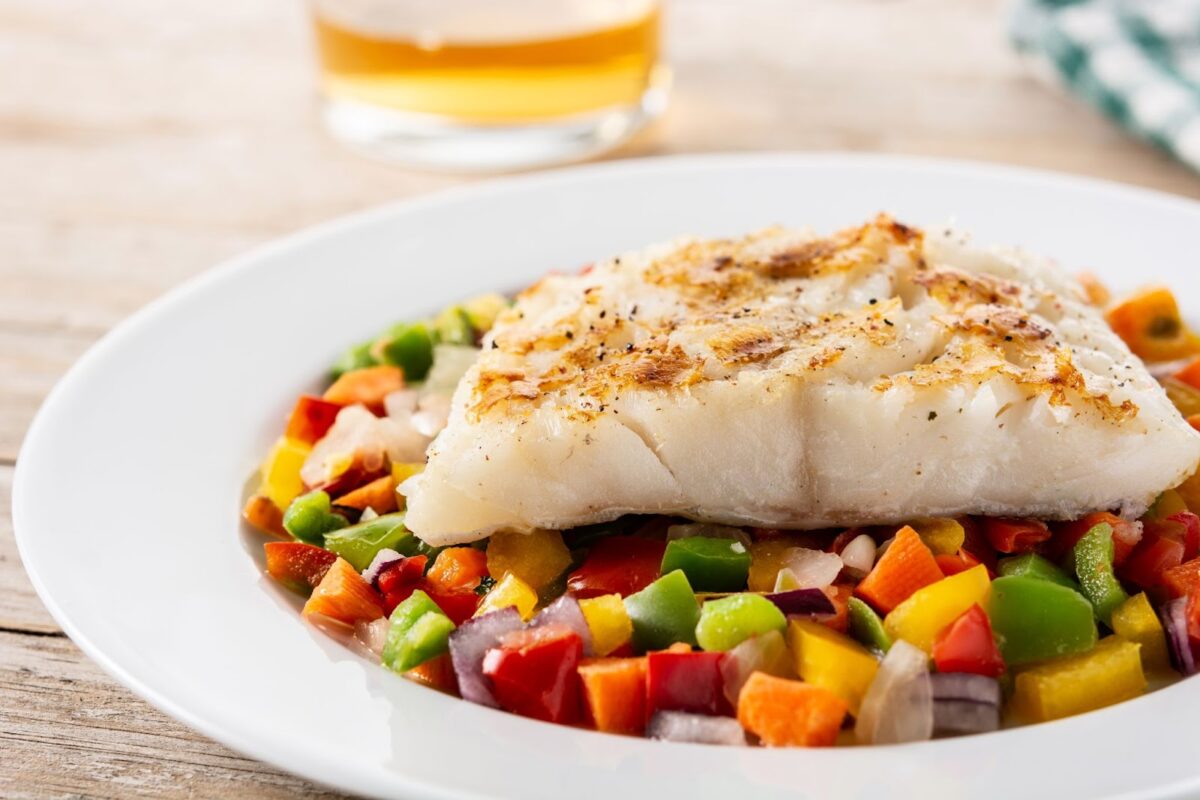
Throughout the year, one can readily access the delicate, mildly-flavored white cod meat, a versatile alternative to traditional meat proteins, easily amenable to a wide array of culinary techniques. Belonging to the Gadidae family, cod shares its lineage with haddock and pollock. Cod’s habitat requirements are quite specific, necessitating frigid, deep, and Arctic waters for…
-
The Innovative GMO Red Fish Farm in Rural England: Pioneering Sustainable Aquaculture

In the picturesque countryside of rural England, a cutting-edge fish farm is making waves in the world of aquaculture. Nestled among rolling hills and lush greenery, this farm is not your typical fishery. It is a trailblazer in the realm of genetically engineered red salmon, revolutionizing the way fish are grown and harvested for consumption.…
-
Mild Fish: Your Guide to Choose Delectable Seafood
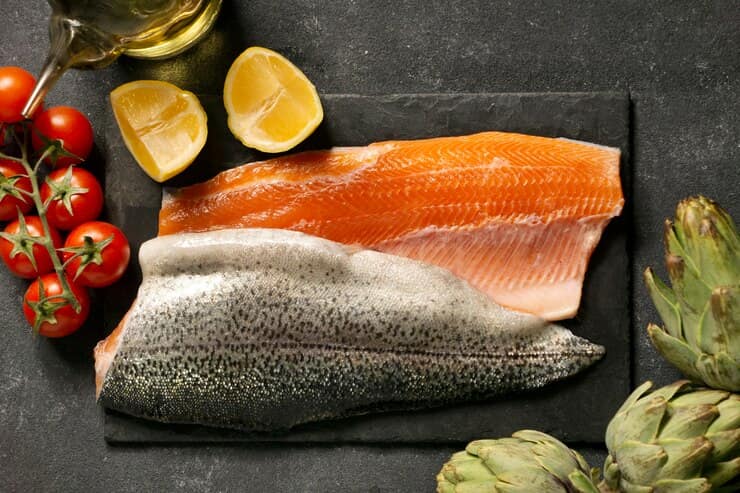
Fish presents a diverse array of flavors, often making it a topic of divided opinions due to its ‘fishy’ taste. Exploring the subtle nuances of different fish varieties on the mildness scale is crucial for seafood enthusiasts. Dive into this comprehensive guide, curated by N.C. Seafood Restaurant in Raleigh, unveiling the mildness of ten common…
-
NC Freshwater Fish: A Full Review into Angler’s Favorites

The vibrant fishing landscape in North Carolina stretches across a tapestry of aquatic terrains, providing an alluring canvas for fishing enthusiasts of all skill levels. From the tranquil mountain streams in the west to the picturesque lakes of the Piedmont and the vast Atlantic coastline, the state offers a captivating array of fishing experiences. Nestled…
-
Is Fish Considered Meat: Unraveling the Classification

In the culinary realm, the question of whether fish constitutes meat sparks curiosity among various dietary communities. The discourse around whether fish falls under the meat category is intricate, influenced by diverse dietary preferences, religious doctrines, and nutritional perspectives. Calabash Seafood, situated in Raleigh, endeavors to elucidate this topic comprehensively, navigating through multifaceted considerations. Religious…
-
Exploring the Pros and Cons of GMOs
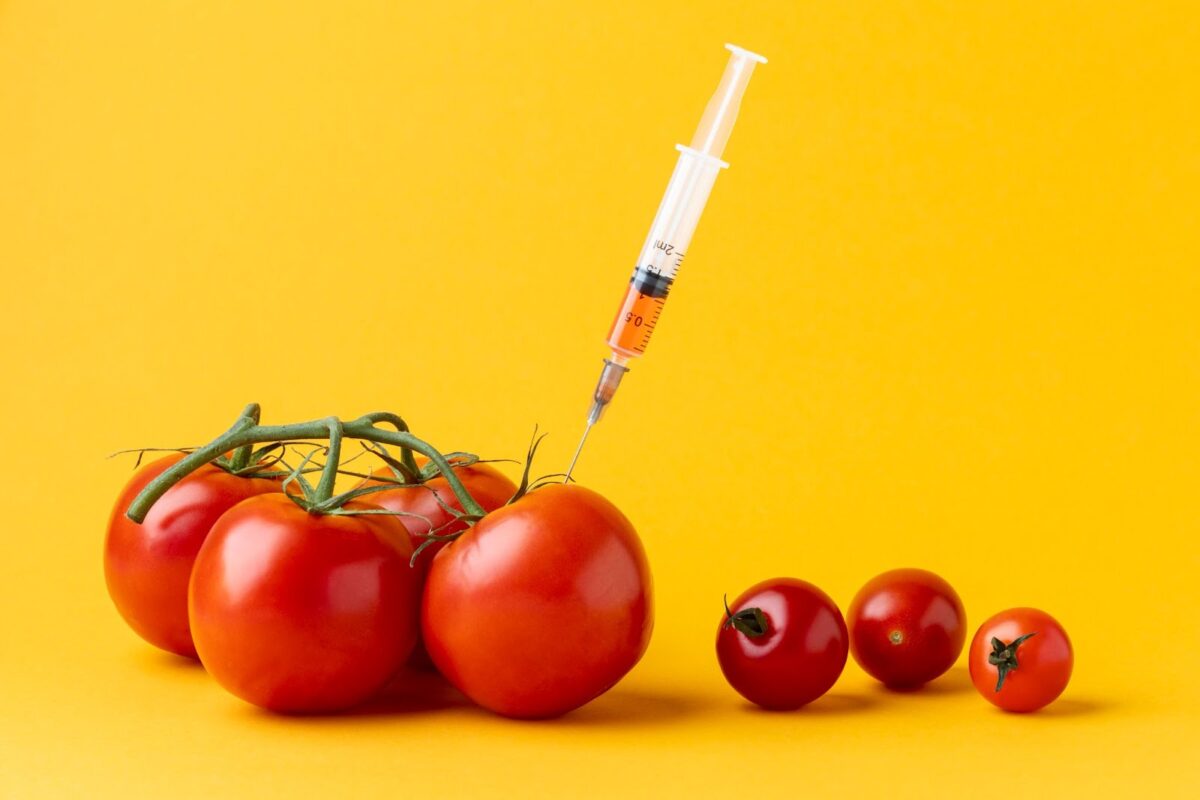
Genetically Modified Organisms (GMOs) have ignited ongoing debates and discussions spanning numerous years. These entities encompass living organisms whose genetic makeup has been deliberately modified, diverging from the course of natural genetic alterations brought about by mating or spontaneous genetic recombination. The evolution of GMOs has been driven by diverse motives, encompassing applications in agriculture…
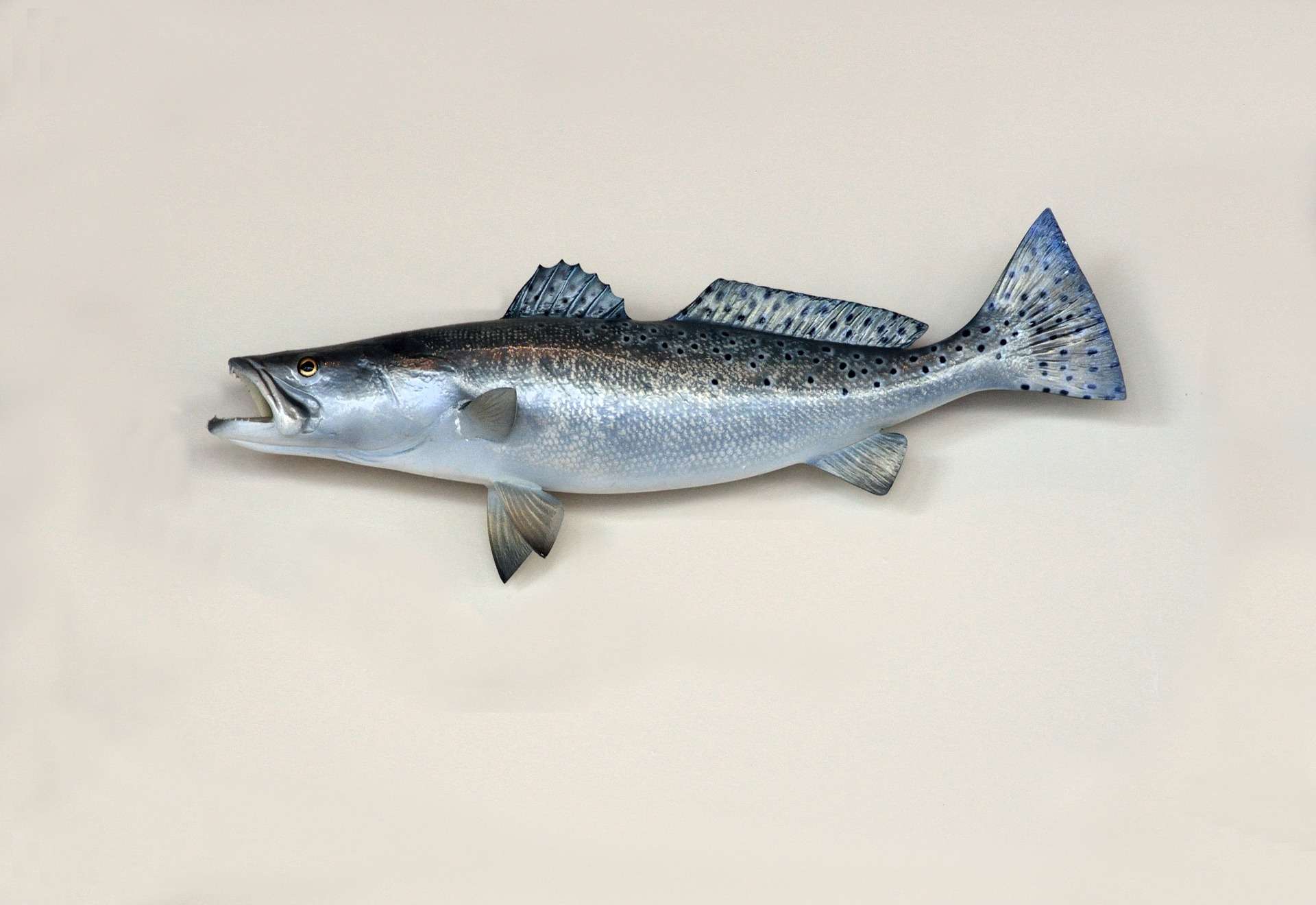
About GE Fish
For the first time in the U.S., it is allowed to eat genetically modified organisms (GMOs) of animals. The human diet includes AquAdvantage salmon, grown by the introduction of foreign DNA. This is reported by the U.S. Food and Drug Administration (FDA) on its official website.









